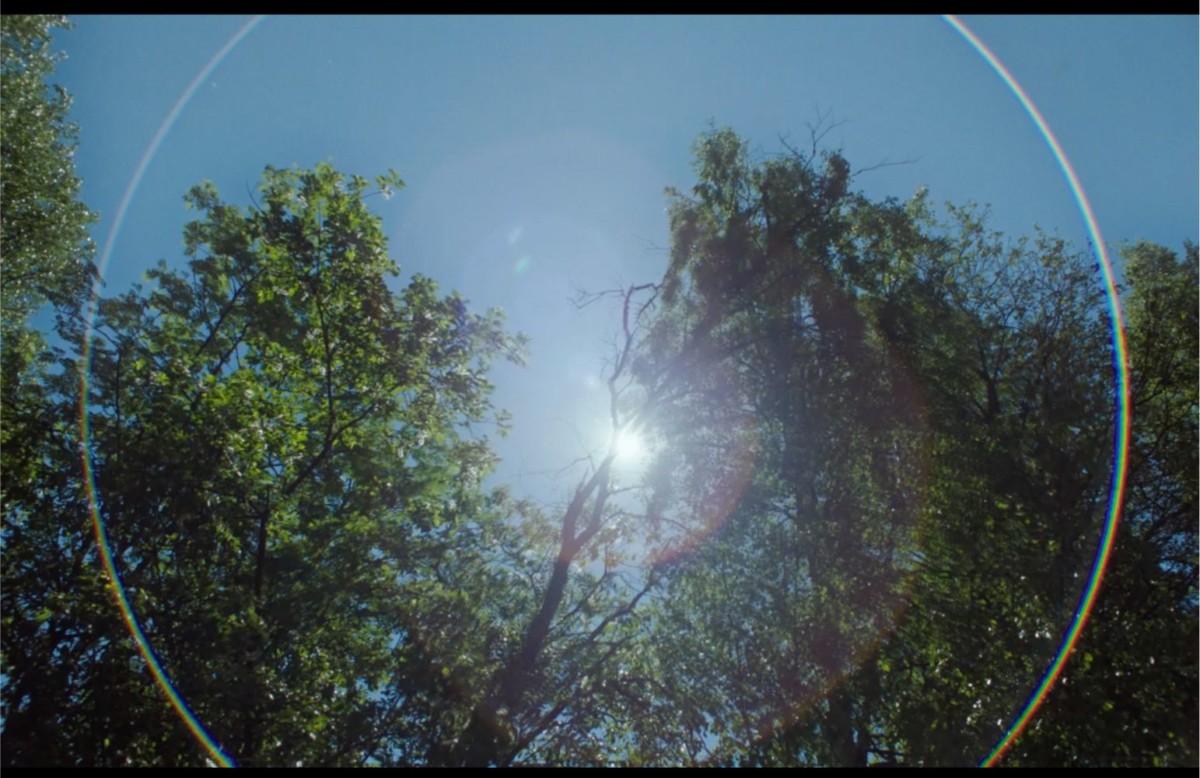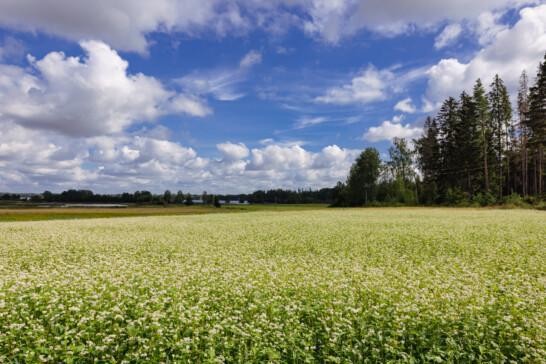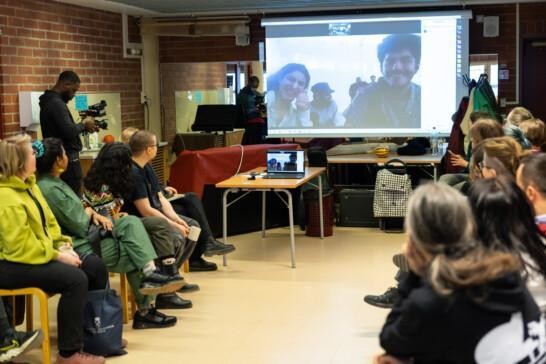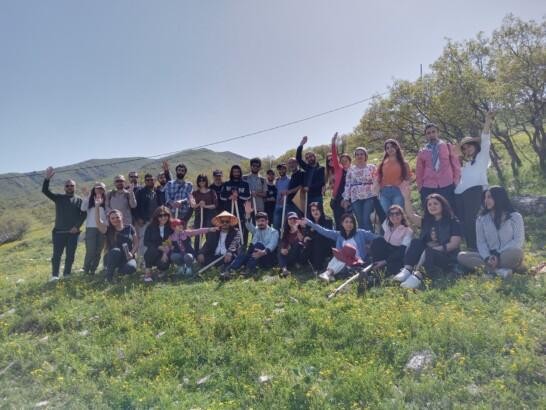Curator’s texts
Let’s imagine the future now

This is the first of a series of written pieces by IHME Helsinki’s Executive Director and curator Paula Toppila. IHME Helsinki started the organization’s ecological transition in 2018 and changed from IHME Contemporary Art Festival (2009–2018) to a contemporary-art commissioning agency that combines art, science and climate work. The pieces reflect on the role of art in sustainability transformation and what the future art institution that promotes eco-social civilization will look like.
The Regenerative Art Institution
Last winter, I was inspired by the German sociologist Hartmut Rosa’s lecture Social Acceleration, Alienation and Resonance: Towards a New Understanding of Modernity. In an interview in Helsingin Sanomat newspaper, Rosa aptly describes our time using the three concepts in the lecture’s title: acceleration, alienation and resonance. In order to maintain the status we have achieved – in life, at work, on social media, in the economy, in politics – we have to be in a state of constant acceleration. No matter how hard we work this year, we will have to strive for even better performances next year in order to keep our place on the hamster wheel. The biggest crisis of our time is a result of long-term acceleration: the environmental crisis has been caused by our being too fast for nature, which no longer has time to adapt to the large-scale changes that we cause. Our mental health cannot withstand constant acceleration, and we are driven into burnout. When the world around us does not resonate with what we ourselves are able to give it, we experience alienation. The crisis of democracy, on the other hand, is getting worse because the world is constantly becoming more complicated, and consequently democratic processes are taking up more and more time.
According to Rosa, in order to balance out the situation, we need solutions that create resonance, i.e. a connection and a sense of togetherness with our surrounding world, since this generates well-being. The feeling of experiencing a connection can arise, for example, from contact with: other people (social resonance); cultural products, such as works of art (material resonance); events that ground our existence, such as love and birth (existential resonance); or a positive personal relationship with the world (self-axis resonance). These solutions are crystallized in time, in experiencing time and using time – how do we stop acceleration and increase resonance? In order to create all of the resonances mentioned above, we need to make conscious choices, to focus, and above all, we need enlightened leadership – of ourselves, workplaces, society and states – to help resolve the psychological crisis, the environmental crisis, and the crisis of democracy.
The artworld, which has in the last few years woken up to the environmental crisis and is actively learning from the time of pandemic crisis, is having parallel debates in Finland and internationally. One example: the discussion programme run by Art Basel talked about the museum of the future and the changes that should now be made in the values and ethics of the art field. Maria Balshaw, Director of the Tate museums, accelerates my imagination by saying what if those who have the most (according to my interpretation: money, visitors, exhibitions, art works) can no longer be seen as being the best. So, what happens when a cultural institution’s processes are scaled in a more resonant and at the same in a more ecologically sustainable direction? What if the success of a museum is no longer to be determined by the number of visitors, but, for example, by the quality of the museum experience, the opportunity for different visitors to bond with it emotionally and intellectually. Investment in longer, frequent museum visits by diverse local audiences could also be reflected in museums eventually being visited on foot, by bike or by public transport. Tourists from further afield would also be welcome, but perhaps they would more often arrive by train, and air travel would become less common, Balshaw says. Following these ideas, and when we add to this the art institution’s communications about its own sustainability measures, I see cultural institutions as having great potential for bringing about comprehensive sustainability transformation in society.
Shifting a cultural institution’s processes in a more ecologically sustainable direction increases the potential for human – both audiences and staff – well-being. By giving more time and resources to reorganizing their processes, art institutions, at the same time, set an example of how we can change our consumption behaviour. When we have time to find out more and to consider, we realize that we don’t constantly need something new, but can go back and go deeper into what we already have, and see what follows from that (thoughts, feelings, conversations, actions). The more information about and time to be physically present with people, works of art and institutions we have, the more we care about them. At their best, art institutions have – and have always had – all the ingredients for creating a caring, ecologically sustainable resonance that will improve the social, material, existential and individual inner connection described by Rosa.
However, contrary to what Rosa implies, art is not only manifested as material objects. Contemporary artworks can take any form, including non-material, situation- and context-specific, time- and space-specific event forms, that produce reality instead of presenting an interpretation of it. Many IHME art works from the past are good examples of this. Works tailored to public spaces, produced while conserving natural resources and often participatory, can create a wide spectrum of resonance in their audiences: experiences that ground both togetherness with other people and existence, which in turn support a personal positive relationship with the world.
IHME Helsinki is an art institution that makes just one work a year, in public space, for diverse audiences. Thus, we give the artist – and ourselves as staff – time and resources to focus on thinking about and making that one work. The artist gets an opportunity to do what s/he/they feels is most important in the given context, and somewhere where the multifaceted resonance potential of the work is at its strongest. We not only aim to save natural resources, but also to create a culture in which human beings and the environment are given an opportunity to renew themselves. This could be called, not just ecologically sustainable, but also an art institutional practice that regenerates culture.
Paula Toppila


